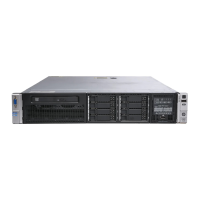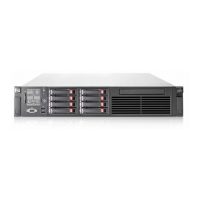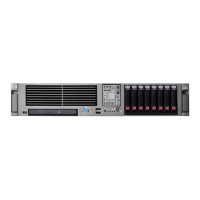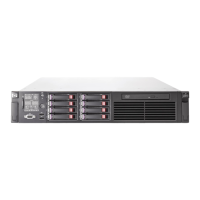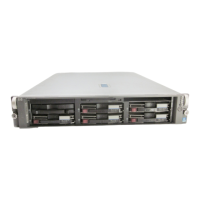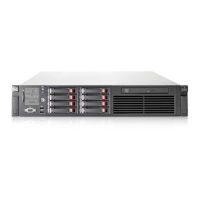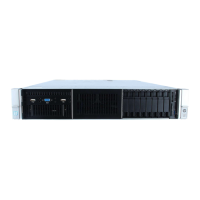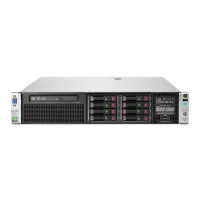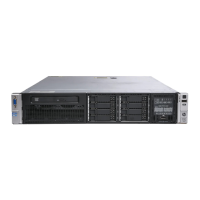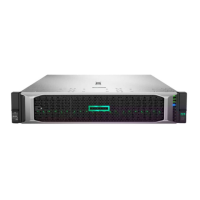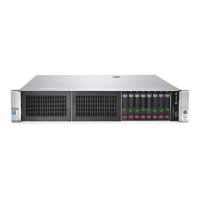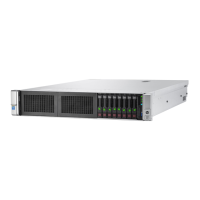HP ProLiant DL380 Generation 3 Server High-Density Deployment
12
Input Current and
Thermal
Dissipation
Calculations
Input power is the key in deriving input current and thermal dissipation. For a given input power, the
input current will vary depending on the input voltage level.
The relationship among the current, the voltage, and the power for the power supply input is as
follows:
Input Current = Input Power/Input Voltage
For example,
Input Current = 100 W/110 V = 0.91 A
Input Current = 100 W/208 V = 0.48 A
The input power of a server depends on the operational state of the system. For example, during the
initial power up, a server consumes more power due to the spin ups of the hard drives. It should be
noted that in the server, the two hard disk drives spin up one after the other. Therefore, the peak
input power requirement changes significantly when the first drive is added, but not as much when
the second drive is added. After the initial power up, the input power varies depending on the
operating system and the application software running on the server. During standby, only the
auxiliary portion of the power supply is consuming power to support operations of a very limited part
of the system, for example, the Remote Insight Lights-Out Edition II option, NICs, and so on.
Thermal dissipation can be calculated from the input power as follows:
Thermal Dissipation = Input Power * 3 41
.
For example,
Thermal Dissipation = 100 W * 3.41 = 341 BTUs/hour
Thermal Dissipation = 292 W * 3.41 = 996 BTUs/hour
The easiest way to calculate the thermal dissipation for the entire rack is to add the input power
requirements for all the servers and other units populated in a rack, then multiply the total input
power by 3.41. The total thermal dissipation helps determine cooling and environmental
requirements for the populated rack.
The “Measured Input Power” section explains more on how adding or removing of an optional
subsystem component affects the input power and thermal calculations.
Measured Input
Power
Table 5 lists the measured input power of the server with varying subsystem components, to illustrate
the effects of adding or removing optional components. The “typical” input power values were
measured during idle/normal operations.
Table 5. Measured Input Power for Selected Server Configurations
Configuration
Number
ProLiant DL380 Generation 3 Server Configuration
Power Input
Typical/Peak
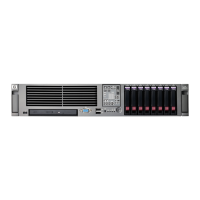
